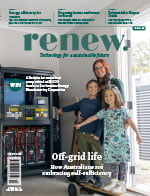Tradies and the transition
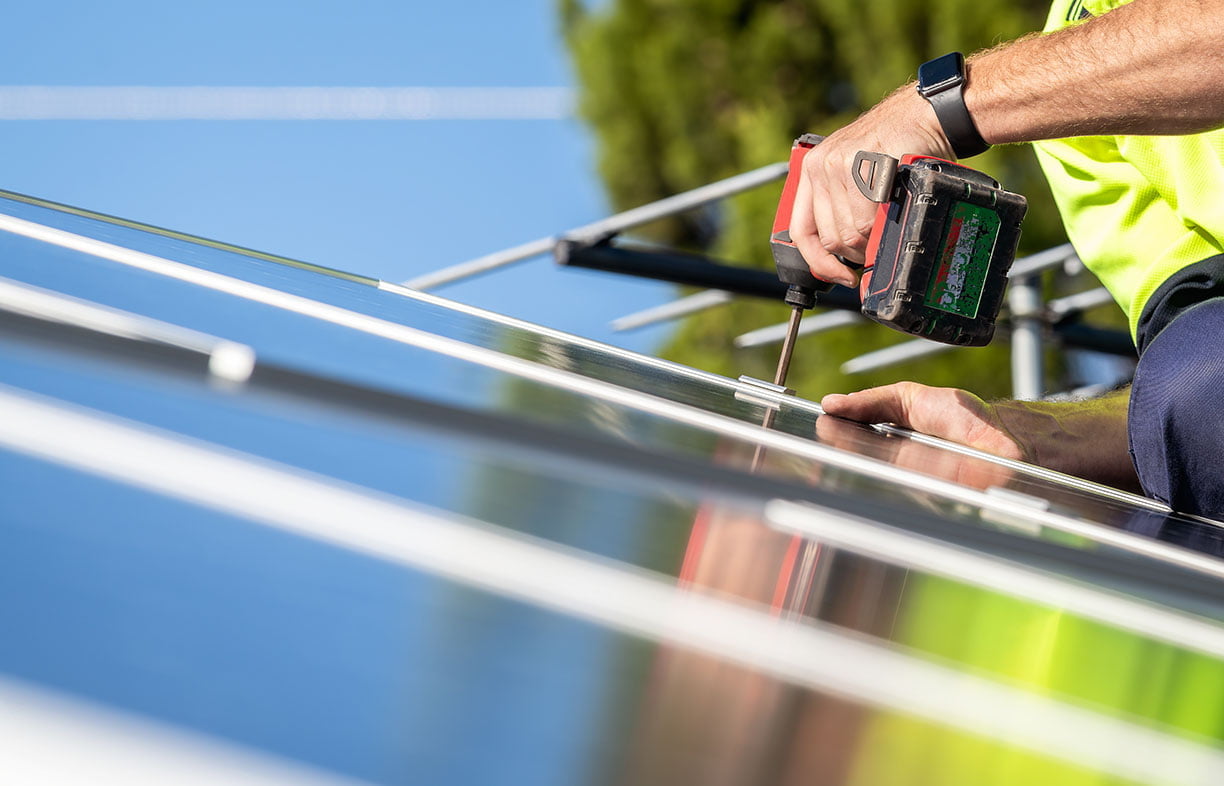
Do we need as many tradies for electrification as many think? Not if we are innovative, writes Alan Pears.
There is a lot of important discussion about our emerging needs for training of tradies to install electric appliances and manage refrigerants as we transition from fossil fuels. We certainly need a lot more, but how many?
Australia’s usual ‘supply side’ thinking seems to dominate discussion, based on assumptions that existing products and business models will be used. If we take a ‘systems and services’ approach, and adopt emerging technologies, maybe it could be different.
Research shows that refrigerant leakage from factory-charged heat pumps is much lower than from site-charged equipment. Fridges are an obvious example. Most heat pump hot water services are also factory charged. They also use relatively little power—typically a kilowatt or less—though some have booster elements that can increase demand.
Given this situation, maybe we could avoid the need for tradies certified to manage refrigerants, and even consider plug-in or limited additional wiring to the nearest 10 amp socket? Should this require a fully qualified electrician as well as a plumber? Some states have already streamlined requirements.
But what about ‘end of life’ management of refrigerants in HPHWS units? This requires some creative regulatory tricks. Regulators could allow factory sealed products (not just hot water systems but also heating and cooling) with limited peak electricity demand and low-climate-impact refrigerants (which Victoria has begun to do) to be installed by tradies without refrigerant certification. Incentive schemes could favour such products. The end-of-life problem can be dealt with by offering tradies a fee for handing in an intact unit to a refrigerant recycling facility, as well as tightening enforcement.
This would accelerate the shift to low GWP refrigerants by reducing installation costs for qualifying products, and increase end of life refrigerant recovery—as long as the fee was big enough to motivate tradies.
The need for expensive upgrades of electrical wiring for induction cookers and other equipment can also be overcome. Most household appliances with high peak demand only use quite small amounts of electricity—for example, when heating water for a dishwasher, boiling a kettle of water or in the initial stages of cooking on a hotplate. So a relatively small battery plugged into a 10 amp socket with some ‘smarts’ and multiple sockets could drive multiple kitchen and laundry appliances. Some appliance manufacturers are already incorporating energy storage and smarts into individual appliances (see RenewEconomy article at shorturl.at/Grd5l).
An efficient reverse-cycle air conditioner can now physically produce 10 kilowatts of heating using a 10A socket, although legally they must currently be fitted to their own 15A circuit (a leftover in the wiring rules from when air conditioners had much lower efficiencies). Adding a small battery could provide boost during heat-up periods. That is a lot of heating and cooling capacity, much more than most 6-Star homes would need.
Most reverse-cycle aircons involve on-site plumbing and refrigerant charging: they often leak. This in turn reduces their energy efficiency and heating and cooling capacity progressively until they stop working and a grumpy user rings a tradie. There is a case to rethink this approach.
We could design factory-charged RCAC outdoor units that then use a ‘secondary loop’ of water (with antifreeze if needed) or other fluid to transfer the heat to the indoor heat exchanger. This potentially reduces efficiency a bit, but over the long term it would avoid energy waste and consumer costs and inconvenience. And it could support integration of thermal storage into space conditioning systems.
Then we have to look at how to streamline building upgrades!
Further reading
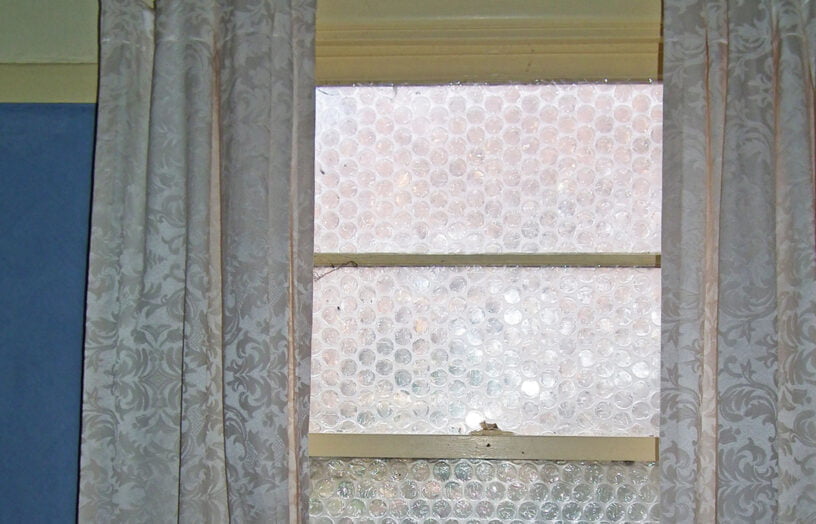 Efficient homes
Efficient homes
Double glazing on the (very) cheap
Do we need as many tradies for electrification as many think? Not if we are innovative, writes Alan Pears.
Read more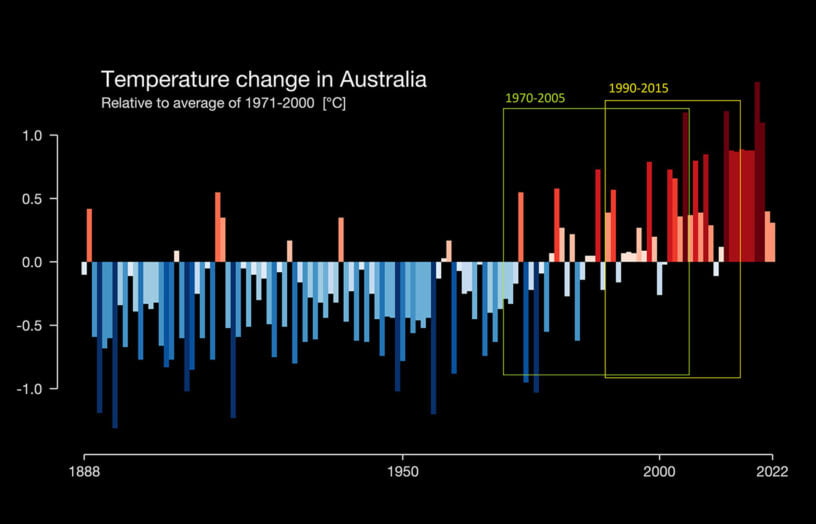 Efficient homes
Efficient homes
Building for a changing climate
Are we building homes for the future, or for the past? Rob McLeod investigates how climate change is impacting home energy ratings and the way we build our homes.
Read more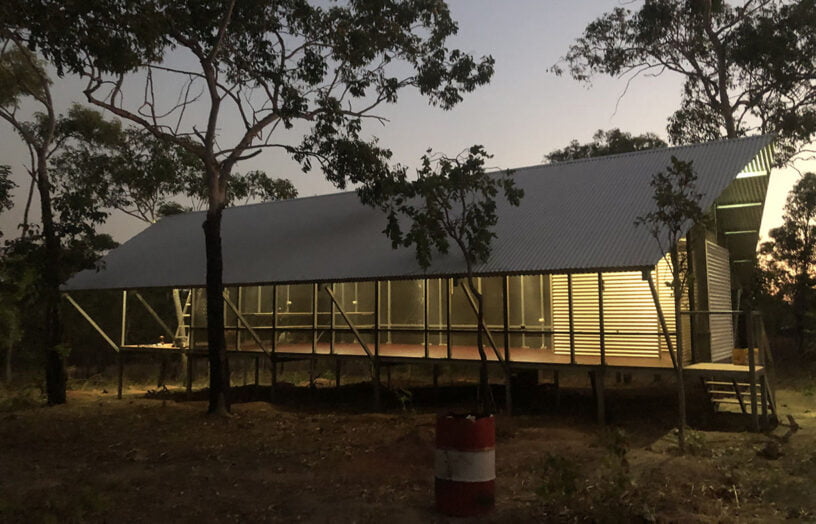 Efficient homes
Efficient homes
Remote communities leading the charge
We learn about four sustainability and renewable energy projects in remote Australia.
Read more

